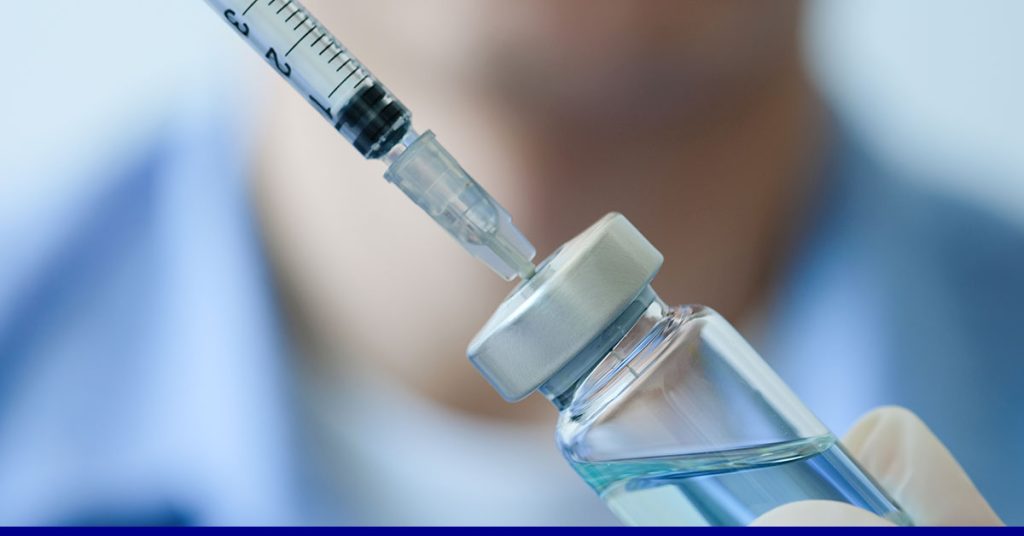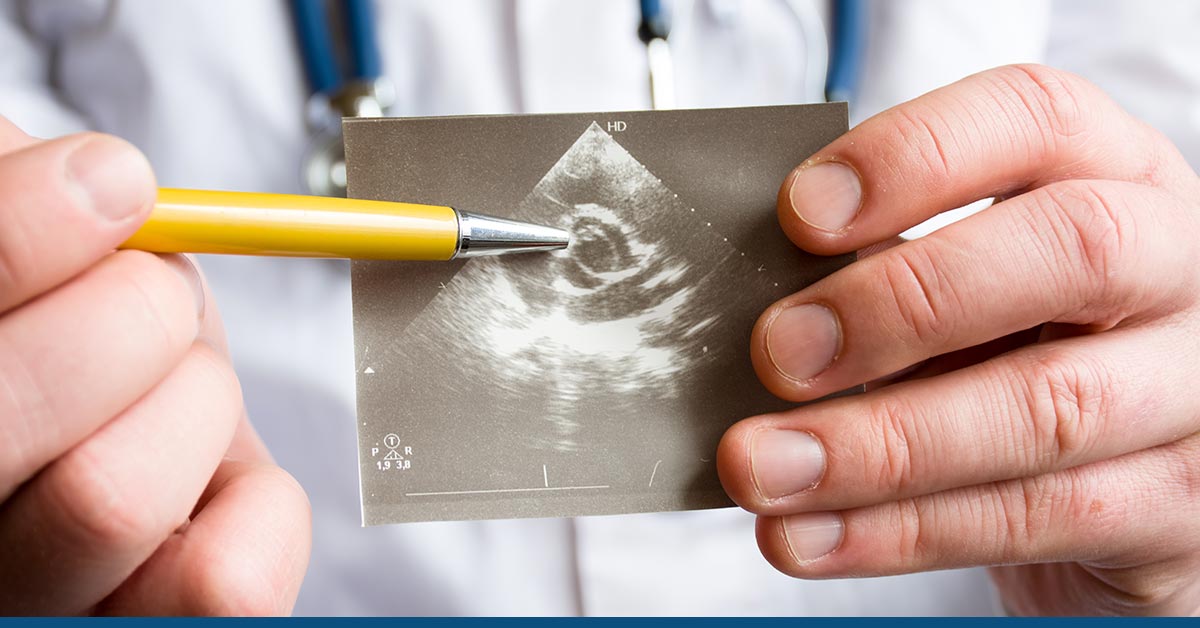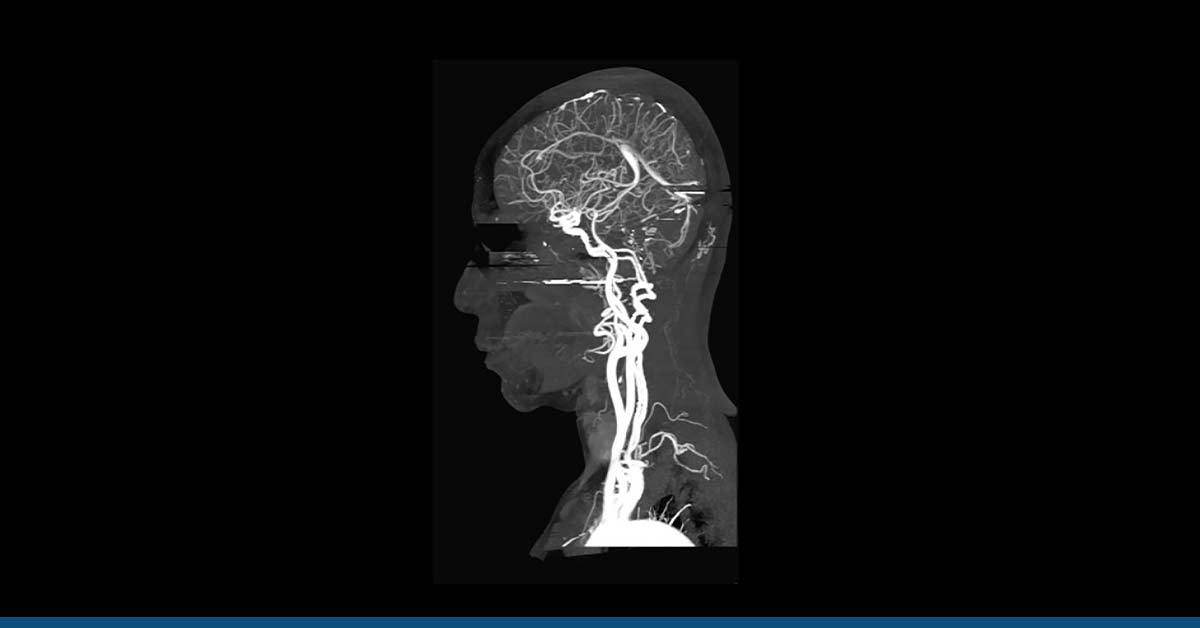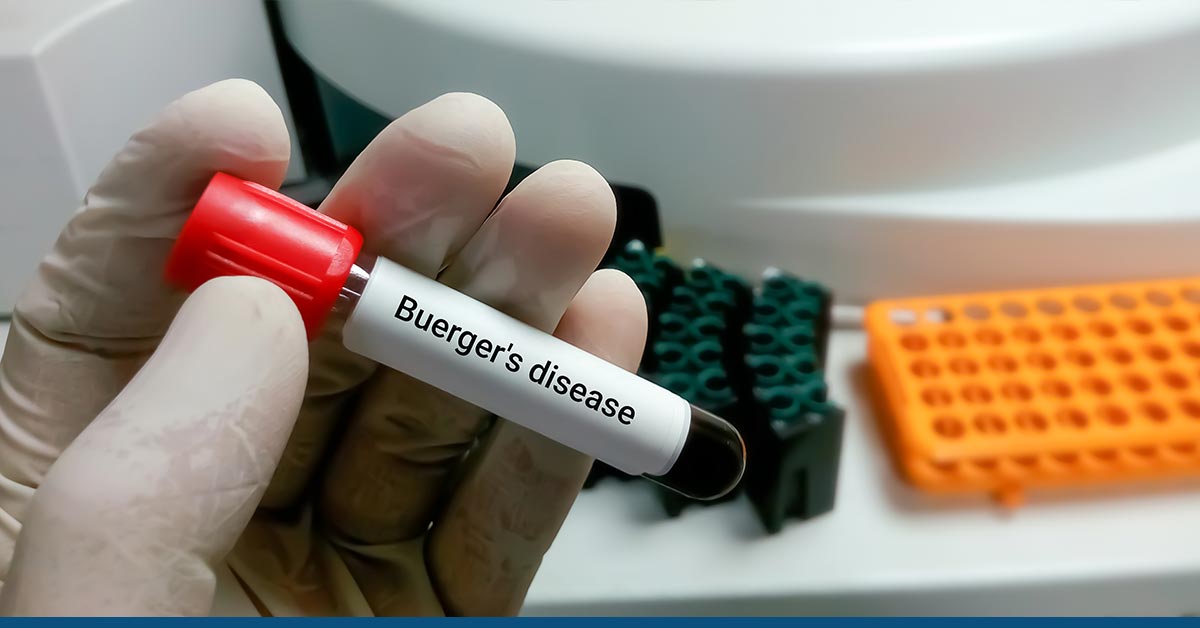If you have ever wondered why the doctor prescribes antibiotics when you are down with the viral flu, why not an anti-viral medicine? It’s because the virus is causing your body to weaken, making it easier for foreign agents to enter. To prevent the onset of such agents, such as bacteria, in this case, the doctor prescribes you an antibiotic. The antibiotic is acting as a preventative measure, commonly known as a prophylactic treatment in medical terms.
Table of Contents
ToggleWhat is Prophylactic Treatment?
Prophylaxis means preventative and is derived from the Greek term ‘phylax’ which means to guard or watch. Prophylactic treatment is a medical term for any precautionary measure taken to prevent the onset of a disease. These measures could be in the form of medicine, therapy, or other procedures.
There are many types of prophylactic treatments. These include surgeries, antibiotics, vaccines, dental treatments, etc.
What Are The Advantages Of Prophylactic Treatment?
- Prophylactic treatments are a beneficial advancement in medical sciences since they address a potential problem
- It is also cost-effective as treating the disease will be more costly than prophylactic treatment
- In case you get the disease, treating it takes a lot of your time and energy, so prophylactic treatment ensures that does not happen
- You will be saving yourself from a lot of pain and unnecessary hassles.
Imagine you go through all the hurdles of treating a disease when you could have easily prevented it by taking a few prophylactic pills!
Types of Prophylactic Treatments
Prophylactic treatments are not strictly limited to preventative measures. They are conducted to ensure that a disease does not get worse. There are many types of prophylactic treatments. These include primary, secondary, tertiary, and quaternary prophylaxis.
Primary Prophylaxis
Primary prophylaxis is the prevention or enhancement of resistance to a disease you do not have. That might involve things like routine medical exams and vaccines. When you go to the doctor for a regular check-up and he performs screening colonoscopies, Pap smears, or mammograms, it all comes under the umbrella of primary prophylactic treatment. Furthermore, propagating the ban on dangerous substances such as cigarettes or teaching the public about the benefits of a healthy lifestyle is also a preventative measure.
Secondary Prophylaxis
Secondary prophylaxis entails taking steps to prevent a medical condition or harm from recurring. Examples include taking steps to adjust your work environment after an injury to prevent another one from happening or exercising to deter another heart attack or stroke.
Tertiary Prophylaxis
Any action taken to aid the recovery of a chronic or persistent disease or long-term damage to the body comes under tertiary prophylaxis. Stroke rehabilitation programs and heart failure illness programs are two examples, and so are the support groups that help people get back on track.
Quaternary Prophylaxis
Sometimes, excessive medical care can be harmful, and doctors should avoid it in all cases. Patients should be debarred from further medical therapy if it will not benefit the patient. This concept is known as quaternary prophylaxis.
Vaccines in Prophylactic Treatment
Vaccines can be of two types, prophylactic or therapeutic. While prophylactic vaccines fight against pathogens and prevent them from getting infected, therapeutic vaccines lessen the symptoms of an already existing disease.
How Do Prophylactic Vaccines Work?
The white blood cells get activated when pathogens enter the body. Vaccines contain agents similar to a disease-causing pathogen or are a weakened or destroyed form of the microbes, its toxins, or glycoproteins. The immune system in the body generates a primary response by creating white blood cells that eliminate any of these foreign pathogens. The microorganisms get destroyed, but the white blood cells remain in the blood. If the foreign agent were to attack, the body shall generate a secondary response and attack the pathogens with its already developed white blood cells.
COVID-19 and Vaccines

While the COVID-19 virus brought about 6 million deaths, its cure was finally found in a vaccine to prevent the further spreading of the virus. These vaccines include the Moderna and Pfizer vaccines among others.
Prophylactics before Surgical Procedures
Often, patients are given antibiotics before surgery to eliminate the risk of a bacterial infection. Doctors also administer antibiotics before dental treatment since they can carry infection to the heart. The antibiotic acts as a prophylactic by decreasing the risk of infection, and in some cases, prevents a chronic or recurring one.
Such surgeries include:
- Surgical procedures for cancers of the head and neck
- Some orthopedic surgeries require prophylactics too, for example, hip or knee replacements
- Removal of the uterus, also known as hysterectomy
- Organ transplant
- Surgery of the gastrointestinal tract
- Cesarean section
- Surgeries to install a device like a pacemaker, shunt, or defibrillator
- Cardiac surgeries like coronary artery bypass grafts, valve replacements, and heart replacements
- Surgery on your brain or spine, known as neurosurgery
- In case the patient has dealt with infective carditis, a threatening heart infection
Factors That Necessitate Prophylactics before Surgery
Some people are more vulnerable to bacterial infections after surgeries because of many reasons:
- People who are too old or too young have weakened immune systems
- Bad nutrition automatically leads to a weak immune system
- Obesity leads to an increase in blood sugar levels or can cause oxidative damage
- Hyperglycemia in diabetes disrupts the immune response
- Smoking affects the equilibrium (balance) of the immune system
- Infections on any part of the body
- A recent surgery
- Certain congenital heart conditions. Such are the conditions that have existed since a person was born
All these factors result in a weakened immune system, therefore, it fails to prevent the entry of foreign pathogens. The body becomes more prone to letting bacteria enter, which can lead to a bacterial infection.
How Is A Prophylactic Antibiotic Addressed To The Patient?
That usually depends on the type of surgery the patient will be undergoing.
- Sometimes, the antibiotic is administered through a tube inserted into one of the patient’s veins
- Another way to administer it is in the form of a pill which the patient takes twenty to sixty minutes before the procedure
- If the surgery involves the eyes, doctors directly apply the antibiotic to the eyes or give it to the patient as drops or a paste
Prophylactic Treatments to Cure Migraines
Migraines are episodes of severe headaches, sometimes accompanied by other symptoms such as nausea or vomiting. The Americans face an annual loss of $12 billion because of people missing out on work due to migraines. Such patients should be examined, and doctors should compile their data and generate unique prophylactic therapies. Doctors can prescribe their patients the following medicines:
- Propranolol
- Timolol
- Amitriptyline
- Divalproex
- Sodium Valproate
- Topiramate
Doctors prescribe doses in small amounts, and then gradually increase them. Once the patient starts to feel better, doctors consider discontinuing the prophylactic treatment.
Are Condoms Prophylactic?
Condoms are sometimes referred to as prophylactic as they prevent the transmission of STDs.
In Conclusion
Prophylactic treatments are necessary if you want to maintain a healthy lifestyle. With regular check-ups, you can be sure about what type of prophylactic treatment you need. Our healthcare system is available at all times to help you find the right treatment plan to pursue.





